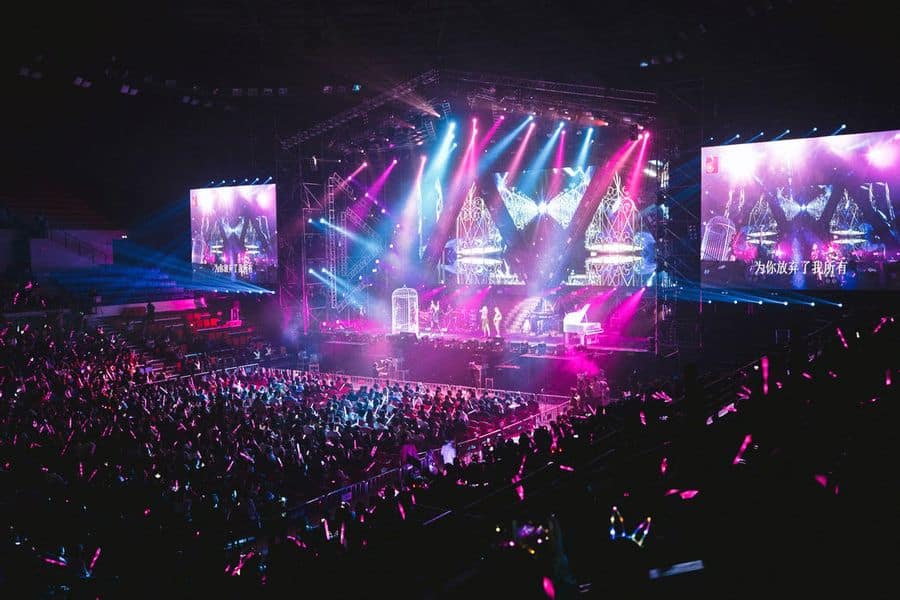Perfecting the Art of Seamless Film Mapping on Arched Monitor for Breathtaking Visual Experiences
Perfecting the Art of Seamless Film Mapping on Arched Monitor for Breathtaking Visual Experiences
Blog Article
Video mapping is an exciting technology that allows images and footage to be displayed onto surfaces, creating stunning aesthetic encounters. When it comes to curved areas, mastering this craft can be a bit more challenging than projecting onto flat surfaces. Rounded areas can include various elements from the facades of structures to sculptures and even stages. Understanding how to efficiently map videos onto these forms is crucial for creators, designers, and event organizers who want to create engaging environments that enthrall viewers.
The initial step in footage projection on rounded surfaces is to comprehend the geometry of the surface. Rounded surfaces can be complex, with varying degrees of bend. To attain a smooth display, it is important to create a 3D model of the surface. This representation helps in imagining how the footage will appear when projected. Software tools are accessible that permit users to develop these models and simulate the projection. By precisely mapping the dimensions and shapes of the surface, creators can ensure that the video matches perfectly without warping.
Once the 3D model is prepared, the following step is to prepare the footage material. This includes editing the footage to suit the particular shape and dimensions of the rounded area. It is essential to take into account the perspectives and viewpoints from which the viewers will view the projection. The content should be crafted to enhance the aesthetic experience, making it captivating and pertinent to the theme of the event or installation. Using high-quality graphics this content and motion graphics can greatly improve the total effect of the display.
After preparing the material, the real projection procedure starts. This involves placing up the devices at the appropriate positions and distances to guarantee that the footage matches with the 3D model. Adjustment is a key part of this process. It may require adjusting the brightness, differentiation, and focus of the devices to achieve the optimal outcomes. Additionally, using multiple devices may be necessary to encompass larger or more intricate surfaces. This technique, known as seamless projection, helps create a continuous image across the whole area.
Ultimately, testing the display is crucial before the final show. This enables creators to make any required adjustments to the footage and device settings. It is also an opportunity to see how the viewers will perceive the projection from different perspectives. By ensuring that the footage projection is flawless, creators can provide a remarkable visual experience that creates a memorable impression. Perfecting video mapping on rounded surfaces not only enhances creative expression but also creates new opportunities for storytelling and viewer engagement in various environments.